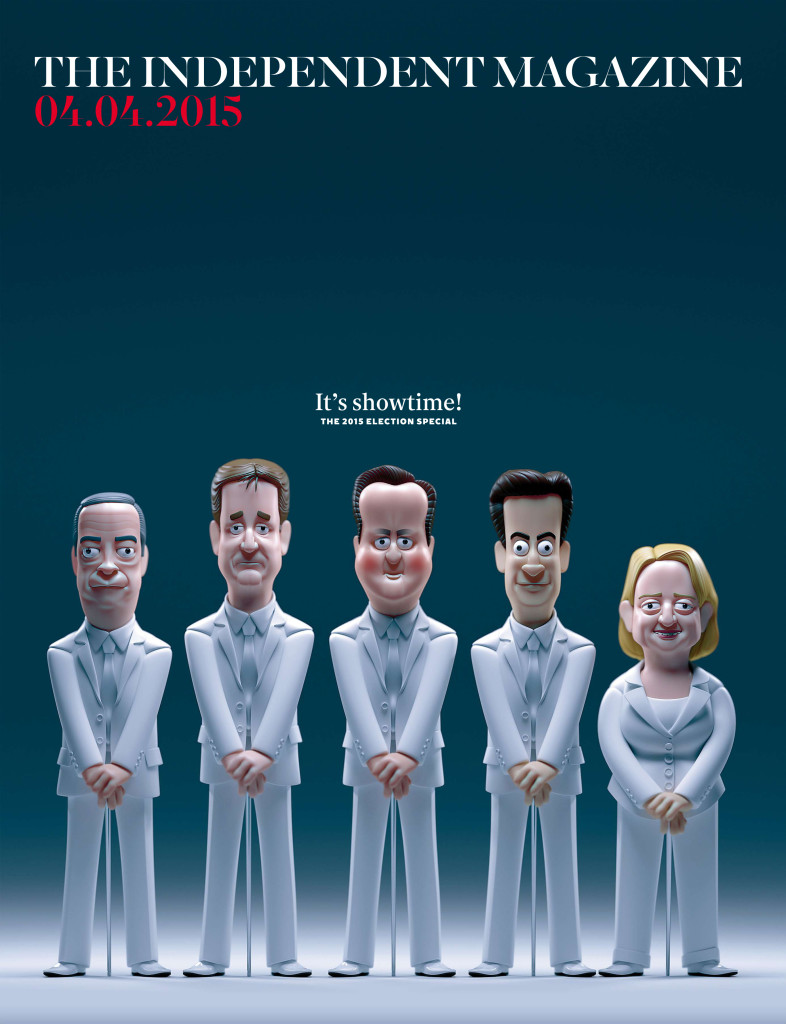Treatments
Treatment writing is a thorny subject at the best of times. What was introduced as an innovation to provide a director with competitive edge has now become the norm. From the day that a virtually unknown director named Tarsem successfully pitched for Levi’s Swimmer with an inches thick book (it included swatches of material for the frocks to be worn by the women at poolside parties etc) the world of treatments has become increasingly sophisticated.
Originally treatments were meant to provide a competitive edge. In 2015 they are a required part of the process, partly because clients rely on them as much as (if not more than?) the agency. And they’ve become huge, cumbersome beasts: 30, 40 even 50 page treatments aren’t uncommon (although, oddly, only the absolute A-Listers seem brave enough to keep treatments to less than 10 pages). And with anything that can secure you millions of pounds/dollars, an entire community has sprung up to service the need. And what of the cost? A treatment can cost ‘nothing’ to produce (the director writes the text and an internal person pulls the images and creates the PDF document), but it also could cost £3k+ (a professional writer, pictures researcher, layout artist, director revisions, agency changes, ECD changes etc etc). Then there’s the whole other level: pre-viz, set models, filmed director interviews, test footage etc. Obviously, the bigger the job then the more comprehensive the treatment (with a rough ‘size of budget to scale of treatment’ ratio being acted out), but treatments are still required on even small scale, online projects with sub £50k budgets can require a £2k treatment.
And do they help or hinder? Of course it’s great to have a comprehensive idea of what the director is about to shoot, but then you can plan so much you squeeze all the fun out of an artistic endeavour. And so many great ads managed to occur before the days of treatments that you can’t help but wonder how exactly they fall under the definition of ‘necessary’. And a 40 page deck for a 30 second spot? Really? Then you’ve committed to so much, you’re not even sure of exactly what you’ve promised and what you haven’t:
Client: ‘And that shot of the chipmunk with the mandolin – where’s that in my finished film?’
Agency: ‘Oh, but that was just in the treatment as a reference…’
Client: ‘But my husband loves chipmunks. Stick it in, there’s a good chap.’
Agency: ‘But a chipmunk wrangler will cost another 5k.’
Client: ‘Oh. I wonder if your biggest rival can afford a chipmunk wrangler…’
etc.
And when it comes to unreasonable bollocks the agency can be just as guilty:‘I’m sending you a script, could we do a meeting / call tomorrow – and a treatment by the end of the week?’ And that’s often the sort of timescale everyone is faced with, so you can imagine the time pressures involved in an effort to present something that’s half decent.
And on top of all that, do the creatives even know or care about what they’re looking at? I recall an interesting treatment I once received for a Nicorette ad (one of the ones with a man dressed as a giant cigarette), which involved the directors explaining to me their desire to use an anamorphic lens in order to achieve the same look as Alien or Aliens. Then we moved onto how they were going to invoke the Kubrick of 2001. Then the whole thing collapsed under the pile of bullshit that had been generated.
Then again, at least it was their own work and ideas. Many’s the time I’ve received a treatment written by a professional writer of such things, leading me to wonder where the director began and the writer ended. Under such circumstances, can you be sure whose vision are you hiring? And does that matter?
In LA – a town where creative/screenwriting is in the DNA of the community – treatment writers are recognised as an asset, not a dirty word. “Who’s your writer?” is a question asked out of genuine interest – not deep suspicion. From what I’ve seen, the treatment writer is thought of as someone the director turns to in an effort to make the project better, in the same way he turns to a DoP or an editor.
And yet in London the opposite is true. I was talking to a producer whose director always writes his own treatments. He recently lost a job and was told by the agency that they’d given the project ‘to the only director we’d shortlisted who’d written their own treatment’. Not only did the agency positively discriminate against treatments written by third parties – they couldn’t distinguish accurately who did and who didn’t rely on a writer to knock the words into shape.
Seems like everyone agrees that picture researchers are a valuable asset. Need a still image of a sad frog standing next to a bicycle? A wistful hipster staring out of a rainy window? Give the photo researcher a call. But the words? No, no, no – they must come straight from the director.
Whatever the right and wrong, it seems odd that the two communities should be so split about the same issue. Is it an LA vs London thing? Or is it something more complex than that…Can you discern the difference? And even if you can, do you care?


